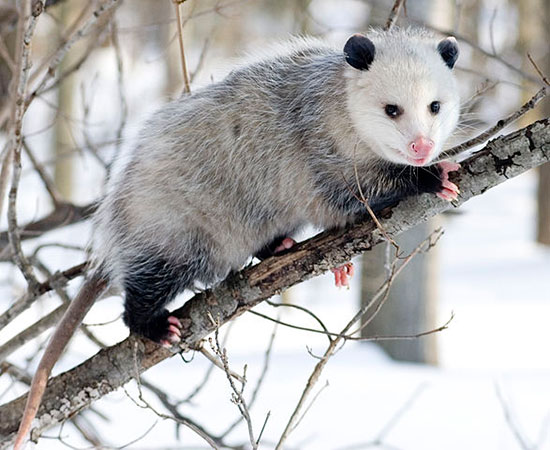Nature's Sanitation Engineer
by Andrew Boyd
Today, nature's sanitation engineer. The University of Houston's College of Engineering presents this series about the machines that make our civilization run, and the people whose ingenuity created them.
In response to an episode about nature's engineer, the beaver, a listener suggested I profile nature's sanitation engineer. The idea caught my fancy, so mouse in hand I set off to find out what I could.

Turkey Vulture [Photo by John H. Lienhard]
I quickly discovered there's no general agreement about animals and sanitary engineering. The turkey buzzard popped up, and given it feeds almost exclusively on animal carcasses it's got a good case. The carrion beetle also came to my attention, since this inch long dynamo's been known to bury lifeless rodents six times its length in under thirty minutes.

American Burying Beetle [Doug Backlund, South Dakota Dept. of Game, Fish and Parks]
A recurrent theme in the definition of nature's sanitation engineer is the ability to return deceased organic matter to the soil — a definition that leads to a long list of candidates. As one article noted, 'there is a lot of competition out there for dead things ... and thank goodness.'
If we limit our attention to a slightly different descriptor, nature's little sanitation engineer, we find a bit more consensus. It's a title frequently bestowed on the easygoing opossum.

North American Opossum with winter coat. [Wikipedia/Cody Pope]
Opossums grow to about the size of large house cats but have tails that resemble a rat's and that function like a fifth arm. They can be found throughout much of the U.S. and Central America, though they're not easy to spot since they like to come out at night. Opossums are marsupials, carrying their babies in a pouch like a kangaroo. When the kids get old enough they'll climb out of the pouch and cling to their mother's back for a time. It's quite a sight to see six or seven joeys going for a ride.

Young opossums ride on their mother's back with their feet and tail firmly attached to her fur.
[From Christensen and Larrison, Mammals of the Pacific Northwest: A Pictorial Introduction.]
What makes the opossum a candidate for nature's little sanitation engineer is that these furry, black and white critters will eat pretty much anything. Animal carcasses are certainly part of the diet. Opossums will go so far as to consume parts of the skeleton to satisfy their calcium needs. But live rodents, birds, frogs, snakes, snails, insects, plants, and fruit are on the list, too. Garbage is also very popular. Opossums are aided in their omnivorous exploits by fifty sharp teeth and an especially robust immune system.
They're shy creatures and do their best to stay out of the way. But when cornered, it's true: they will play 'possum. Opossums are slow and as a result have developed a special defense mechanism — playing dead. It's not a conscious response, it's more like fainting — but with a few special tricks thrown in. The body goes stiff, the teeth are bared, and saliva forms around the mouth. Most impressively, special glands give off an odor that makes the opossum smell as if it's long deceased. The opossum remains unconscious for an hour or two. With any luck the predator will have moved on by that time, off in search of a more appetizing meal. Unless, of course, nature's little sanitation engineer is unfortunate enough to encounter one of nature's many other sanitation engineers.

Opossum playng dead [Wikipedia/Thomas R Machnitzki]
I'm Andy Boyd at the University of Houston, where we're interested in the way inventive minds work.
(Theme music)
Notes and references:
Many thanks to long time listener Jean Krchnak for bringing the topic of this episode to my attention.
For a related episode, see Nature's Engineer.
M. Breyer. Ten Things You Didn't Know About Opossums. From the Mother Nature Network website.
Opossum Fact Sheet. From the website of the Georgia Department of Natural Resources.
Opossum General Information. From the website of the Opossum Society of the U.S.: http://www.opossumsocietyus.org/opossum.html. Accessed January 21, 2014.
E. Rathbone. Carrion Beetles: Nature's Sanitary Engineers.K. Reshetiloff. Turkey Vultures: Nature's Sanitary Engineers. From the Bay Journal website: http://www.bayjournal.com/article/turkey_vultures_natures_sanitary_engi….
This episode first aired on January 23, 2014.